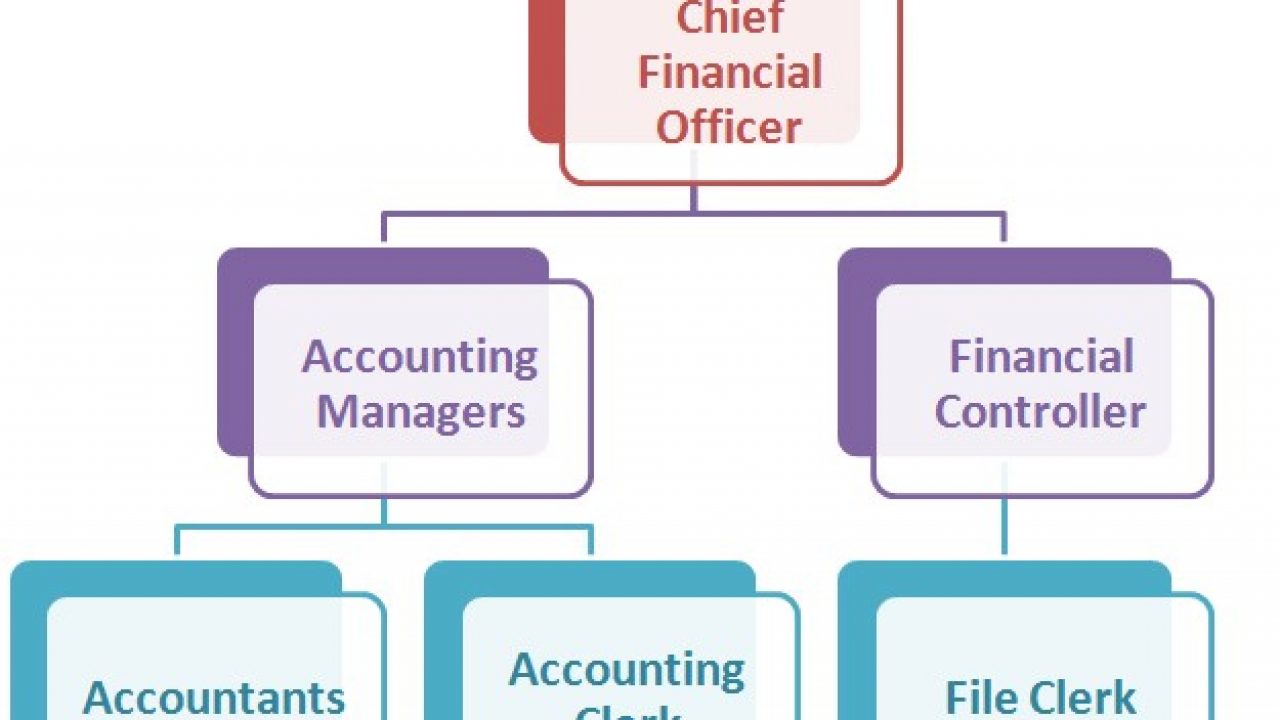
There are many kinds of financial analysis. You have the option of Ratio, Scenario, Sensitivity, Vertical, or Historical Trend Analysis. Each type has its own advantages and drawbacks. These types of analysis can have a significant impact on a company's finances. Learn more. Also, learn more about the importance of each type and the different techniques that are used to do it. But how do you know which one to use? We'll be discussing some of the most popular types of financial analysis in this article.
Ratio analysis
Financial ratio analysis can prove to be very useful in a variety of contexts. This includes industry comparisons and evaluating the company's profitability. To avoid being unfairly judged by investors, companies using financial ratio analysis should break down their data by divisions. A company will generally use ratio analysis to compare its performance to those of its industry peers and other companies in the same industry. However, companies can "fudge numbers" to appear better than their actual results.
A ratio analysis is particularly useful for determining a company’s profitability. This measure can help a company understand its overall profitability, and determine its efficiency. It can identify areas where the company is underutilized, or overextended. By analyzing the ratio of different areas of a company's financial performance, external and internal analysts can determine which areas to focus on for improvement and further expansion. These analyses can help identify trends that will help you make informed decisions.
Analysis of sensitivity and scenario
Financial analysts use two different types of financial analysis. Both sensitivity and scenario analysis are used to determine how variables impact a company's financial situation. Scenario analysis is focused on a particular scenario, while sensitivity analysis looks at a variety of possible outcomes. Investors can use the sensitivity analysis to determine how different changes might affect their business's profitability. Each of these methods is useful for different reasons. Below are examples of both types of financial analysis.
Typically, financial models include worksheets for both sensitivity and scenario analysis. Both types of analysis are not to be confused. Scenario analysis is a type financial model that projects what will happen under different scenarios. If a single variable causes a 10% decrease in revenue, the scenario may be called "Downside Scenario", while sensitivity analysis only deals with a percentage of that decrease. The combination of both types can be helpful for financial analysts to help companies make informed decisions.
Vertical analysis

In financial analysis, vertical analysis requires a company's balance sheet. A balance sheet is a list of all assets, liabilities, as well as equity for a company. This is a reference number that shows the company's total assets, liabilities, as well as its equity. An organization's assets are typically current, while its liabilities tend to be fixed. You can spot trends and identify potential issues by comparing these sets of financial statements. Vertical analysis is a great choice for many people.
Although it is not recommended for all businesses this type of analysis can be very useful in comparing and understanding different companies' profitability. It is useful in identifying areas where the company is experiencing major financial changes, such sales costs. This type of analysis will require that you gather financial statements for each company, and compare them. The information that you gather can help to formulate recommendations for the success and growth of your company.
Historical trend analysis
An historical trend analysis is useful for business owners. Financial trends show that profitability is moving in tandem with revenue, and the year 2018 has seen a higher net income due to lower provision for taxes. This tool helps you measure the impact of key business decisions, like lowering expenses or raising prices. An excellent tool for companies is historical trend analysis. This allows them to compare their performance against similar businesses. It is an invaluable tool in assessing and tracking the performance of businesses.

This analysis is especially useful when looking at financial data for several years. It is used to measure trends and inaccuracies in financial statements, as well as overall growth and change. It can also be used to determine the driving factors of these trends. This type can be very helpful in the financial realm and is crucial for making data-driven business decisions. It's important to learn the principles of financial trends analysis and how they relate to your industry if you're an investor.
FAQ
What happens if I don't reconcile my bank statement?
It's possible that you won't realize it until the end if your bank statement isn't in order.
This will force you to go over the entire process all over again.
What does an auditor do?
Auditors look for inconsistencies between financial statements and actual events.
He ensures that the figures provided are accurate.
He also verifies that the company's financial statements are valid.
What is the distinction between a CPA & Chartered Accountant, and how can you tell?
Chartered accountants are professional accountants who have passed the required exams to earn the designation. Chartered accountants are usually more experienced than CPAs.
Chartered accountants are also qualified in tax matters.
It takes 6 to 7 years to complete a chartered accounting course.
What is the difference between accounting and bookkeeping?
Accounting is the study of financial transactions. Bookkeeping records these transactions.
These two activities are closely related, but distinct.
Accounting deals primarily using numbers, while bookskeeping deals primarily dealing with people.
Bookkeepers record financial information for purposes of reporting on the financial condition of an organization.
They adjust entries in accounts receivable and accounts payable to make sure that the books balance.
Accounting professionals examine financial statements to determine if they are in compliance with generally accepted accounting principles.
If not, they may recommend changes to GAAP.
For accountants to be able to analyze the data, bookkeepers must keep track of financial transactions.
What is Certified Public Accountant?
A C.P.A. is a certified public accountant. An accountant with specialized knowledge is one who has been certified as a public accountant (C.P.A.). He/she can prepare tax returns for businesses and assist them in making sound business decisions.
He/She also monitors the cash flow of the company and ensures that it runs smoothly.
What are the differences between different bookkeeping systems?
There are three main types: hybrid, computerized, and manual bookkeeping systems.
Manual bookkeeping is the use of pen and paper to keep records. This method requires constant attention to detail.
Software programs can be used to manage finances through computerized bookkeeping. It's easy to use and saves you time.
Hybrid accounting combines both computerized and manual methods.
Why Is Accounting Useful for Small Business Owners?
Accounting isn’t only for big businesses. Accounting can also be useful for small businesses because it allows them to track how much money they spend and make.
If your business is small, you already know how much money each month you make. What if you don’t have an accountant to do this for you? You might be wondering about your spending habits. You might forget to pay your bills on time which could negatively impact your credit rating.
Accounting software makes keeping track of your finances easy. There are many options. Some are absolutely free while others may cost hundreds or even thousands of dollars.
However, regardless of the type of accounting software you choose, you will need to be familiar with its basics. This way, you won't waste time learning how to use it.
These are the basics of what you should do:
-
Transcript transactions to the accounting system
-
Track your income and expenses.
-
Prepare reports.
Once you have these three skills, you are ready to begin using your new accounting program.
Statistics
- a little over 40% of accountants have earned a bachelor's degree. (yourfreecareertest.com)
- Employment of accountants and auditors is projected to grow four percent through 2029, according to the BLS—a rate of growth that is about average for all occupations nationwide.1 (rasmussen.edu)
- Given that over 40% of people in this career field have earned a bachelor's degree, we're listing a bachelor's degree in accounting as step one so you can be competitive in the job market. (yourfreecareertest.com)
- BooksTime makes sure your numbers are 100% accurate (bookstime.com)
- According to the BLS, accounting and auditing professionals reported a 2020 median annual salary of $73,560, which is nearly double that of the national average earnings for all workers.1 (rasmussen.edu)
External Links
How To
How to Get an Accounting Degree
Accounting is the act of recording financial transactions. Accounting can include recording transactions made by individuals, companies, or governments. The term account refers to bookskeeping records. To help businesses and organizations make informed decisions, accountants prepare reports using these data.
There are two types, general (or corporate), accounting and managerial accounting. General accounting is concerned in the measurement and reporting on business performance. Management accounting deals with the management, analysis, as well as monitoring, of organizational resources.
An accounting bachelor's degree prepares students for entry-level positions as accountants. Graduates may also choose to specialize in areas like auditing, taxation, finance, management, etc.
A good knowledge of the basics of economics is essential for students who wish to study accounting. This includes cost-benefit analysis and marginal utility theory. Consumer behavior and price elasticity are just a few examples. They must also understand microeconomics, macroeconomics, international trade, accounting principles, and various accounting software packages.
A Master's degree is available for students who have completed at most six semesters of college courses. Graduate Level Examination is also required. This examination is normally taken after students have completed three years of education.
To become certified public accountants, candidates must complete four years of undergraduate studies and four years of postgraduate studies. Candidats must take additional exams to be eligible for registration.